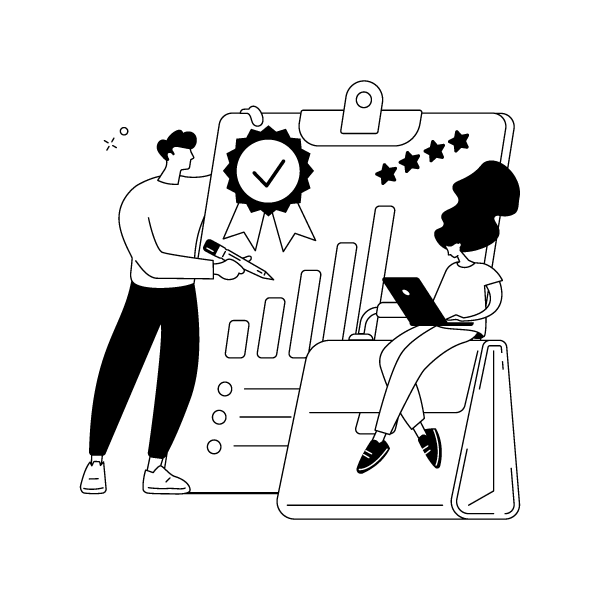Labor tempelhof
Guidebook
Four years, six concerts, 330.000 people – and many lessons learned!
The Labor Tempelhof project shows in which ways climate- and resource-positive event management can already be implemented today and where there are still limitations. What works well? What challenges remain? This guidebook shares the lessons we learned and C2C’s best practices for sustainable event management.
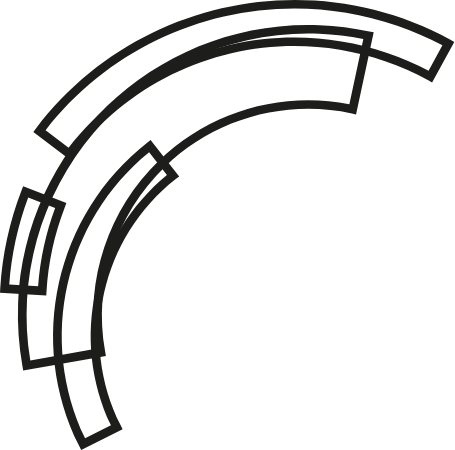
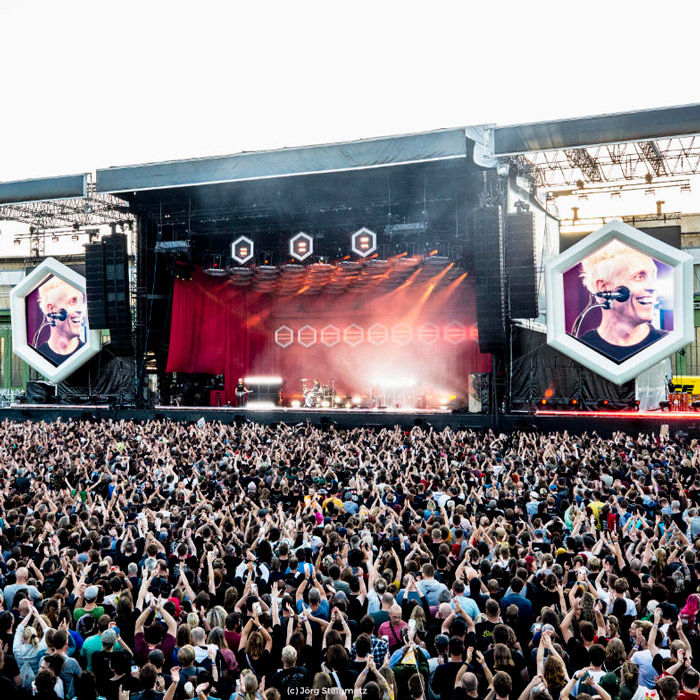
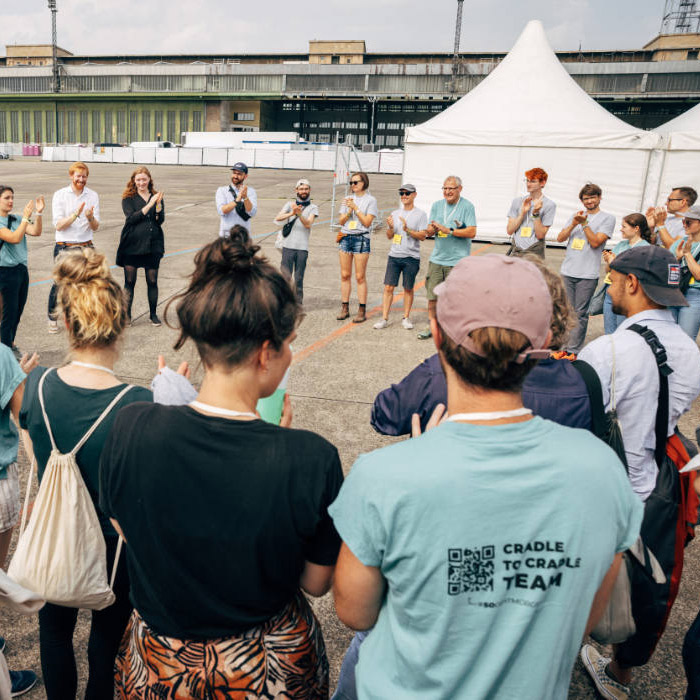

Our message to politics, business and society
>> read the report
Our message to politics, business and society
>> read the report
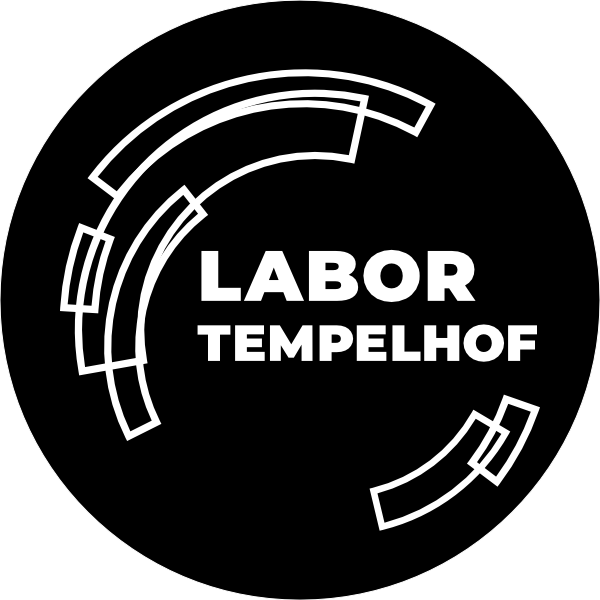

Did you know…?
A deep-seated social and political change is possible when merely 3.5% of the population practices peaceful protest? 1
Inspiration for this change was provided by the ‘Labor Tempelhof’ project launched in 2019. Since then, the artists Die Ärzte (2022 and 2024) and Die Toten Hosen (2022) have provided a total of six concerts at Tempelhof Airport in Berlin for a pilot project. The project initiators Cradle To Cradle NGO, KKT GmbH – Kikis Kleiner Tourneeservice, Loft Concerts GmbH and Side By Side Eventsupport GmbH are realising the six concerts with the aim of making them as recyclable and climate-positive as possible. The benchmark for the concerts was a circular economy according to the criteria of Cradle to Cradle.
Innovative products and processes were tested and their scalability to large-scale events – in this case with up to 60,000 visitors per concert – was examined. Every step towards circularity and sustainability is important – especially the first one. The Labor Tempelhof is intended to be an example of best practice and a real-life laboratory for the event and music industry to further develop together. For this reason, the knowledge learnt is shared transparently with the industry. While some circular ideas were easy to implement, the best possible ecological alternatives had to be sought in other areas, including the realisation that some things could not yet be scaled up to the size of the concerts.
Click for details.
What to expect
This guidebook is intended to serve as practical assistance for the event industry as well as an invitation to the industry to follow, improve and expand upon Labor Tempelhof’s methods and accomplishments. It offers an honest account of the project’s successes and shortcomings, presents the direct feedback of the business partners who joined the project, and gives further inspiration from the industry around the themes of circularity and sustainability.
Content
Specifically, the following nine chapters are divided into: Mobility & Logistics, Energy, Catering & Gastronomy, Waste & Nutrient Management, Social Aspects, Communication & Education, Sanitation & Water, Merchandise & Textiles and Event Technology & Production Materials. We have also compiled an overview of the measures that are comparatively easy to implement and have a major impact. For both the 2022 and 2024 concerts, the impact of the measures implemented was measured, evaluated and recorded in this guidebook wherever possible. The current version refers to the results of the three concerts in summer 2024. The data from 2022 can be accessed via a link in the respective chapters.
Let’s improve together, share knowledge and learn from each other to make climate-friendly and circular concerts the new normal in our industry: ‘It’s not your fault that the world is the way it is, it would only be your fault if it stays that way.’ 2
With this in mind, have fun reading, copying, being inspired and trying things out!
If you have questions, ideas or additions to the guidebook, please email beneficial[a]loft.de.
The guide book is a joint project of the four initiating partners Cradle to Cradle NGO, KKT GmbH – Kikis kleiner Tourneeservice, Loft Concerts GmbH, Side by Side Eventsupport GmbH and the band Die Ärzte. The first version of the guidebook 2022/23 has been written in cooperation with The Changency – Agentur für nachhaltigen Wandel, and through support by Adelphi and Boston Consulting Group, who have developed the model for the impact measurement, and the band Die Toten Hosen.

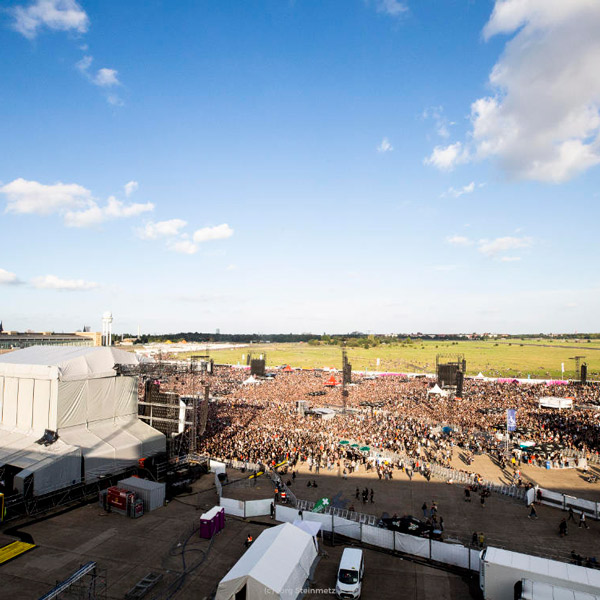
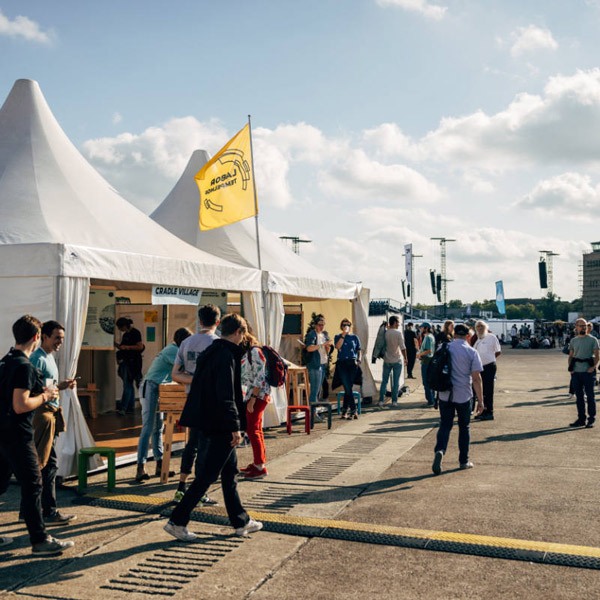


Chapter overview

Where to start?

Mobility & Logistics
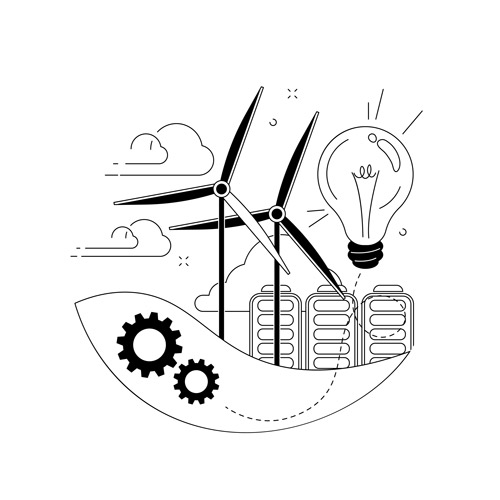
Energy

Catering & Food
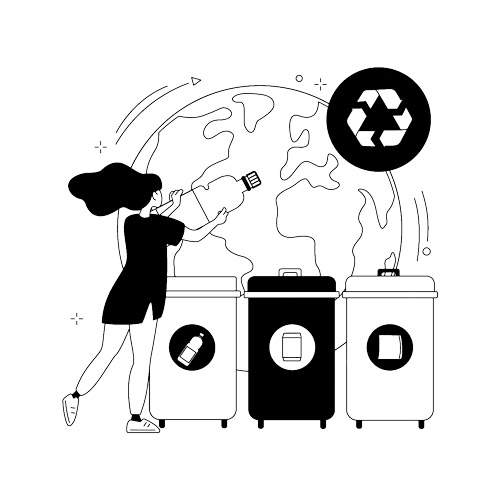
Waste Management & Nutrient Circularity
Waste Management &
Nutrient Circularity
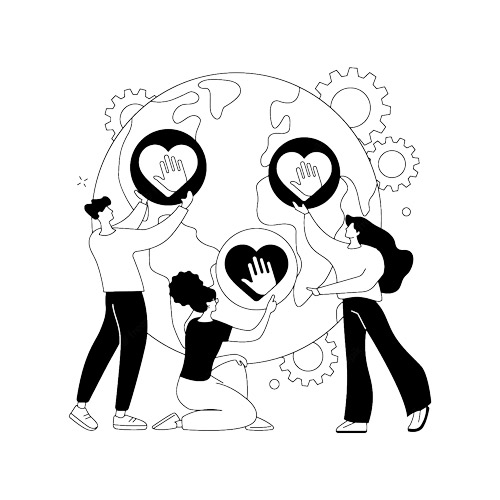
Social Sustainability: Equity & Inclusion

Communication & Education
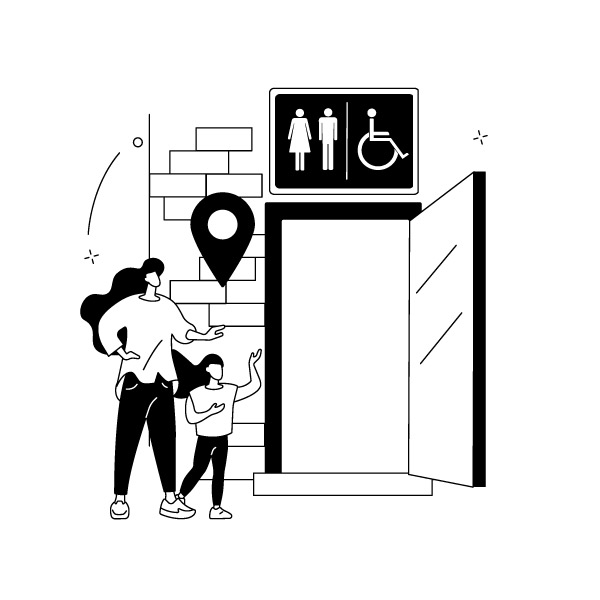
Sanitation & Water

Merchandise & Textiles
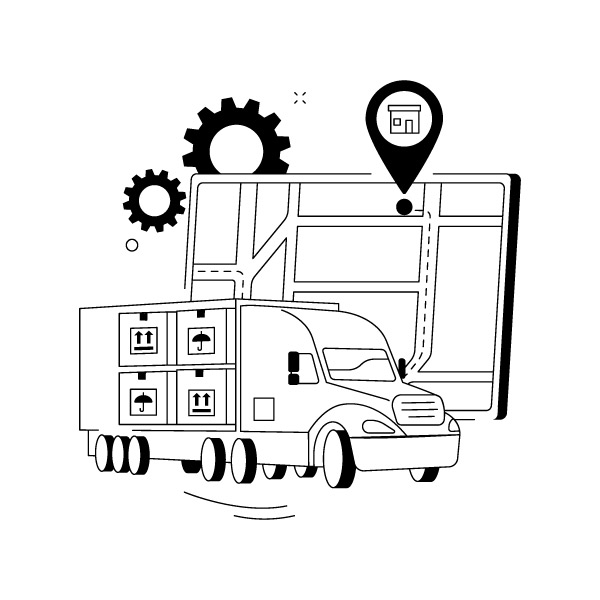
Event Technology & Production Materials
Event Technology &
Production Materials
